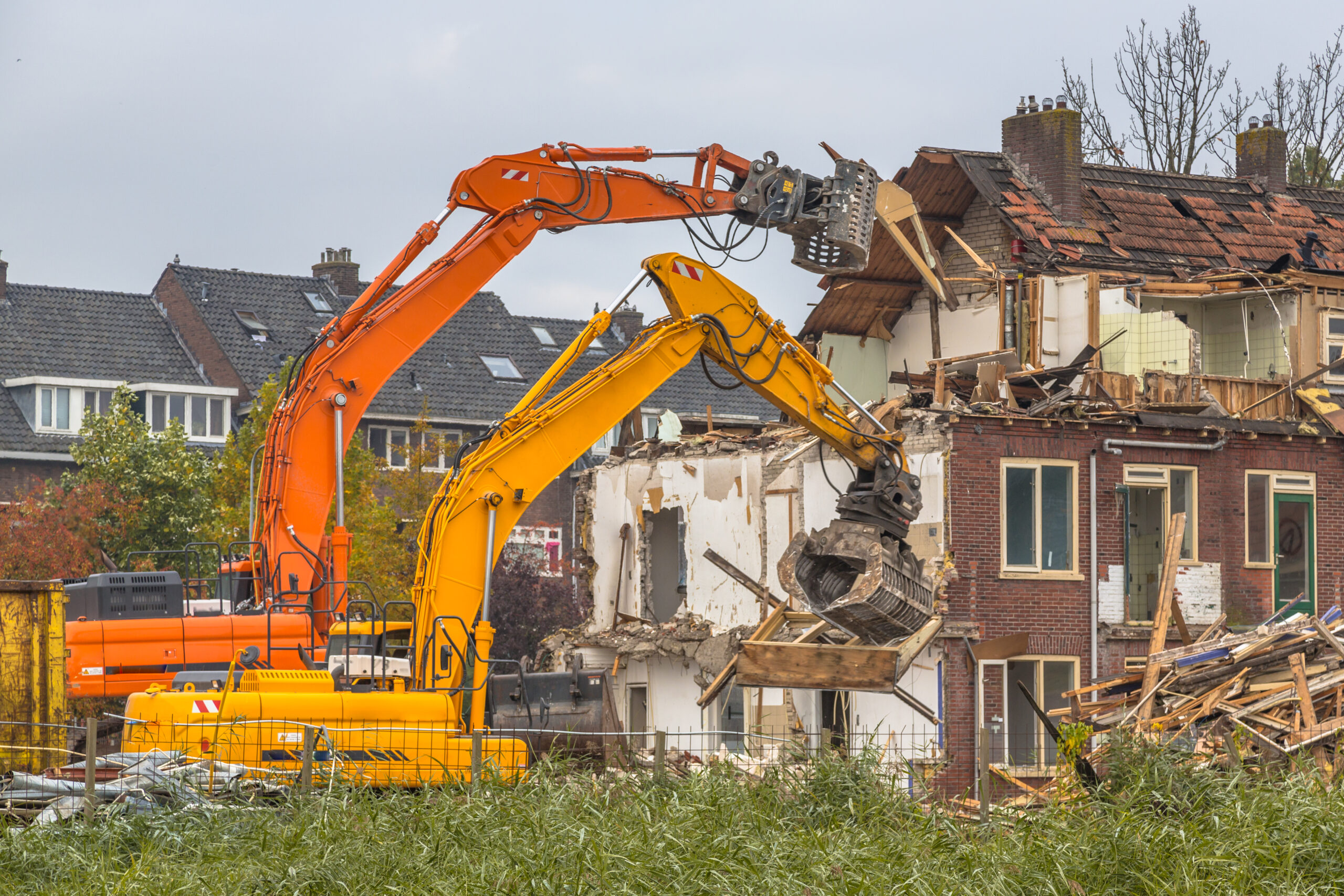Grading
Grading is amongst the first steps in ensuring the project’s success
Grading
Grading is the set of steps taken prior to any construction activity commences, and includes land leveling, a term it is often referred to by. Grading consists of sculpting an area of land for the needs of a specific project, with a view to :
• Provide the desired aesthetics of the property
• Ensure proper drainage for the structure and for the environment
• Comply with zoning and other regulatory restrictions and requirements
• Establish allowable height and depth of cuts, fills and swales
Site grading is a vital part of the construction process, and is a must-have to ensure post-construction difficulties like building collapse are not experienced. The activity also ensures heavy machinery used on the site are not compromised.

Steps
Grading is amongst the first steps in ensuring the project’s success. Site grading contractors will survey the land for elevations and contours before the graders, excavators and loaders are deployed.
Grading starts with the preparation of a site grading plan, which typically addresses :
1. Adding and removing material
2. Machines required to create specified surface
3. Debris management
4. Underground utilities
Equipment
Excavators and graders are two of the largely-used heavy equipment. The former is used to remove large sections of soil and rock while the latter is used to create a smooth, even surface for both the area on which construction will be undertaken and adjoining areas that need an aesthetic appeal. Levelling or grading, as opposed to excavation – a term it is often mistaken for – basically takes place after the excavation process. In essence, it involves creating an aesthetically pleasing landscape for the surface and smoothing the land area.


Preparation
Another area that grading can be said to include is foundation preparation and preparing the soil for structure foundation – a crucial step in every construction project, ensuring that the soil is ready for load-bearing. This includes proper soil compacting, and water runoff and drainage management.
Based on the needs it serves, grading can be of the following types:
Architectural grading involving preparation of foundation areas, ensuring proper drainage and creating or modifying existing landscapes
Rough grading involving levelling a land area and setting the slope to ensure effective water drainage. However, rough grading may also include relocating, adding, or removing the topsoil to achieve necessary elevations.
Steps of Preparation
1. Landscape grading involving preparation of the site for a landscaping project.
2. Finished grading involving final touches on the construction site especially in the areas adjoining the property
3. Re-grading involving lowering of the land mass to a level area, allowing the structure to be constructed at a different level with proper drainage
4. Final grading involving spreading topsoil or sand over levelled areas to promote plant growth, and seeding.
Amazing Construction is fully equipped to support you in your grading projects. Our teams of civil engineers and construction specialists are ably backed by our proprietary heavy equipment that can be deployed at short notice on your property for your grading needs.


